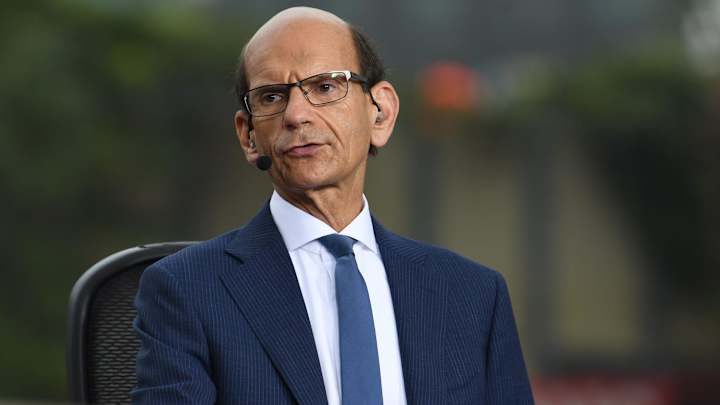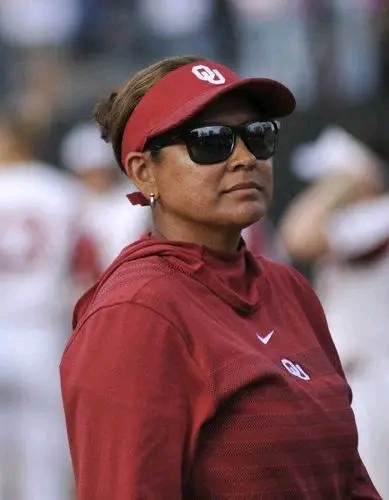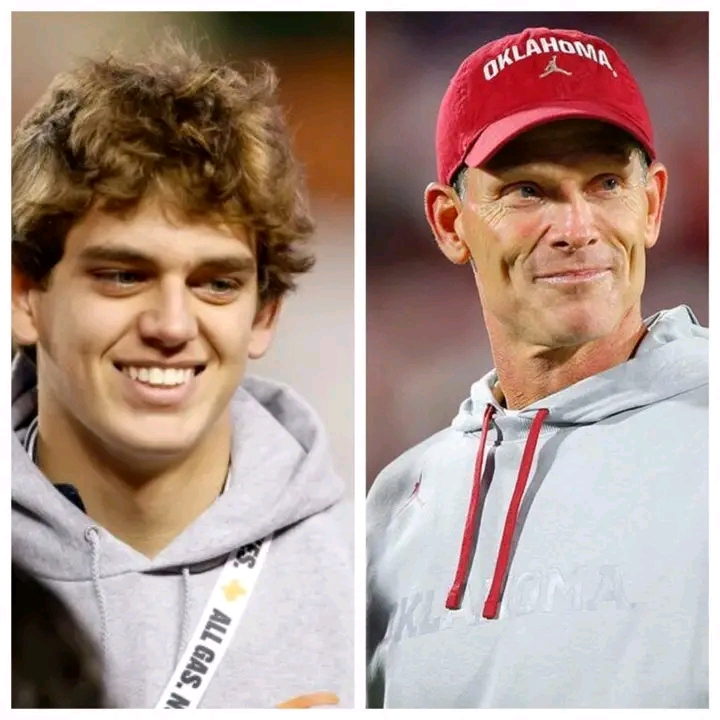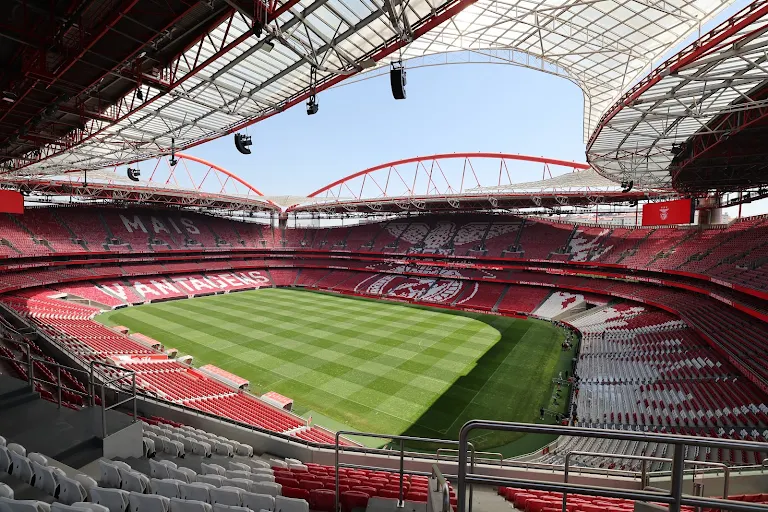
Paul Finebaum, the renowned college football analyst and radio host, recently sparked a heated conversation by naming several college football programs he believes have “no chance at success” amid the evolving landscape shaped by Name, Image, and Likeness (NIL) changes. As NIL continues to redefine college athletics, Finebaum’s blunt assessment has drawn attention to the widening disparities among teams and the challenges many programs face in adapting to this new era.
The NIL policy, which allows college athletes to profit from endorsements, social media presence, and other personal business ventures, has fundamentally shifted the recruiting and competitive balance in college football. While top-tier programs have quickly capitalized on their national exposure and brand power to attract elite talent, Finebaum argues that many teams simply lack the infrastructure, fanbase, and media spotlight necessary to compete at the highest levels in this environment.
According to Finebaum, schools with smaller athletic budgets, less visibility, and limited market appeal are at a distinct disadvantage when it comes to NIL opportunities. These programs often struggle to offer players the same NIL earning potential as powerhouse programs from the Power Five conferences. As a result, Finebaum suggests that some teams face an uphill battle just to remain competitive, let alone challenge for conference titles or national championships.
The analyst did not shy away from calling out specific programs he views as being in this precarious position. While he refrained from naming every school publicly, Finebaum’s commentary pointed to a broader trend affecting many mid-major and Group of Five teams. These programs, he said, are at risk of falling further behind unless they can find innovative ways to leverage NIL opportunities, build stronger local support, and improve their on-field product.
Finebaum’s perspective highlights the growing divide in college football between the “haves” and “have-nots.” Programs with established brands like Alabama, Ohio State, and Clemson enjoy a virtuous cycle where NIL deals attract top recruits, which in turn fuels continued success and revenue growth. Conversely, less prominent schools often see their best players transferred to bigger programs or bypassed altogether by elite prospects seeking greater exposure and NIL potential.
This reality has led to concerns about the long-term health of competitive balance in college football. If a significant portion of programs cannot realistically compete for high-profile recruits or lucrative NIL deals, the sport risks becoming more stratified, with fewer schools regularly contending for major honors.
Critics of Finebaum’s stance argue that while NIL changes have introduced new challenges, they also present opportunities for underdog programs to innovate and carve out unique niches. Smaller schools can focus on cultivating strong community ties, providing personalized marketing support for athletes, and tapping into local and regional businesses eager to engage with college sports. Success stories already exist of players from less heralded programs capitalizing on social media and local endorsements to build their own brands and benefit their schools.
Nevertheless, Finebaum’s comments serve as a stark reminder that the NIL era demands strategic adaptation. Athletic departments must think beyond traditional recruiting and focus on creating comprehensive NIL support systems that can help attract and retain talent. This includes education on brand building, social media management, and partnerships with local enterprises.
As college football continues to evolve under the influence of NIL, the landscape will likely become even more competitive and complex. Finebaum’s assessment underscores the need for all programs to carefully evaluate their position and approach in this new reality. While some teams may indeed face steep obstacles to success, others have the chance to redefine their futures through innovation and adaptation.
The conversation sparked by Finebaum also reflects broader debates within college sports about equity, opportunity, and the true meaning of competition in the NIL era. As fans, coaches, and administrators grapple with these issues, one thing is clear: the college football landscape is shifting, and not every program will navigate these changes with equal success.




